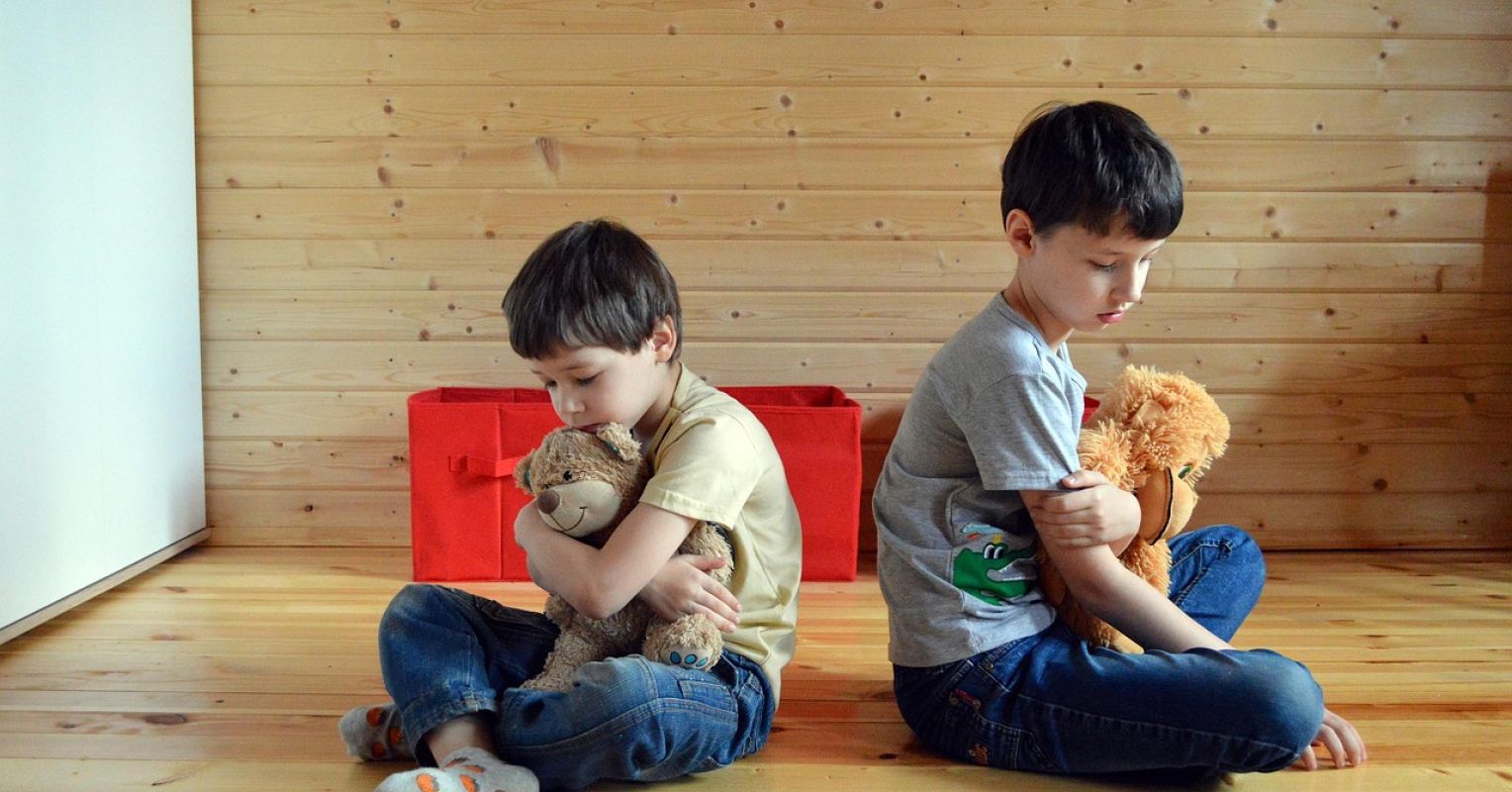
"In 5th grade, we had a class project to interview one of our grandparents. It seemed simple enough: Spend time with someone who loved you and ask them questions about their life. Looking back, I understand the real purpose of the assignment: to foster connection across generations, to learn what our grandparents' lives were like when they were our age."
"At 10 years old, I didn't have the insight to understand why, and I certainly didn't have the confidence to share this uncomfortable family secret with my teacher. It was the '90s, and conversations about unhealthy family dynamics-or even just diverse family structures-were practically nonexistent in my middle-class New England elementary school. So, I made up the interview. (I know, I know.) I came up with the questions, invented the answers, and turned in the paper on time."
"The next day, I was called in to meet with my teacher during recess. When I arrived, my paper sat on her desk in front of her. Gulp. "Did you write this by yourself?" she asked, looking at me carefully. "Yes, I did," I squeaked. She raised an eyebrow. "So... tell me more about how your grandmother watched DVDs with her friends.""
Trauma and dysfunction travel across generations through patterns of denial, control, and secrecy that shape relationships. Family behavior patterns, unresolved pain, unspoken messages, and rigid rules influence how members relate and communicate. A child without access to grandparents fabricated an assignment to hide family estrangement and lacked insight or confidence to explain the absence. Cultural silence in the 1990s limited conversations about unhealthy family dynamics and diverse family structures. The fabrication briefly avoided exposure but led to an awkward teacher confrontation that revealed generational gaps in technology and experience. Healing requires acknowledgment of these patterns rather than assigning blame.
Read at Psychology Today
Unable to calculate read time
Collection
[
|
...
]